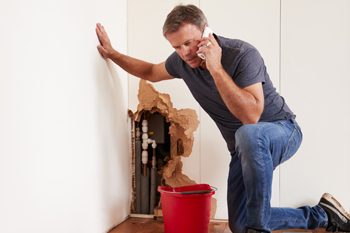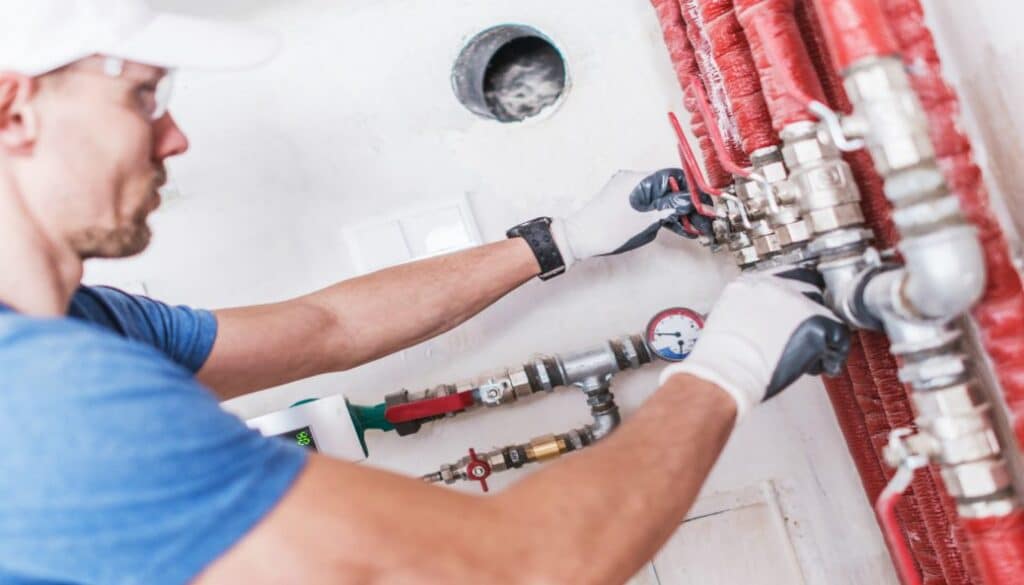To DIY or Not to DIY?
To DIY or Not to DIY?
Blog Article
Any individual will have their personal conception about When to DIY and When to Call in the Plumbing Pros.

Introduction
Plumbing concerns can vary from small aggravations to significant migraines, commonly triggering property owners to choose in between dealing with the problem themselves or calling in a specialist plumbing technician. Understanding when to DIY and when to look for specialist assistance can conserve time, money, and avoid possible catastrophes. This article discovers the elements to take into consideration when making this essential choice.
Benefits of Do It Yourself Pipes
Handling pipes jobs yourself can be fulfilling in several methods, specifically for simpler jobs.
Expense Financial savings
DIY pipes tasks usually save cash by avoiding expert service fees. Tasks like dealing with minor leakages, changing taps, or mounting new showerheads are examples where house owners can take care of fixings without working with a plumbing.
Ability Improvement
Participating in DIY plumbing offers an opportunity to learn and boost sensible abilities. Fundamental jobs equip homeowners to understand their pipes systems much better and gain self-confidence in handling small repairs individually.
Threats of DIY Pipes
While DIY projects use benefits, particular risks need to be very carefully considered prior to attempting fixings.
Complexity of Jobs
Some plumbing concerns require specific expertise and tools past common house owner capabilities. Mishandling intricate troubles can result in additional damages and pricey repair work.
Safety and security Concerns
Dealing with plumbing systems includes threats such as direct exposure to water damages, potential for electric threats, and taking care of tools improperly. Security safety measures must be observed to prevent mishaps and make sure reliable fixings.
Indicators to Call an Expert Plumbing Technician
Acknowledging when a plumbing concern exceeds do it yourself abilities is important to preventing getting worse issues.
Indicators of Complex Concerns
Examples include:
Trigger specialist treatment is required to attend to these concerns effectively and reduce damages.
Do It Yourself Plumbing Tips
For successful DIY plumbing, it's important to be prepared with the right devices and comply with appropriate treatments.
Basic Devices and Products
Key devices for do it yourself pipes:
Step-by-Step Guides
Clear directions make certain safe and effective DIY repair work:
Choosing the Right Time to Do It Yourself
Establishing when to deal with pipes tasks on your own requires analyzing both the complexity of the concern and personal comfort degrees.
Assessment Checklist
Take into consideration:
When to Certainly Call a Specialist
Particular situations demand prompt expert attention to avoid considerable damages or safety and security hazards.
Examples include:
Finding and Working With a Specialist Plumbing
Selecting a certified plumbing technician makes certain reliable solution and comfort in settling pipes concerns.
Standards for Selection
Aspects to consider:
Price Analysis: DIY vs. Professional Solutions
Contrasting the economic implications of DIY efforts versus professional plumbing services helps in making notified decisions.
Financial Considerations
Assess:
Conclusion
Deciding whether to do it yourself or call a specialist plumbing professional rests on understanding the intricacy of pipes issues and personal capabilities. By evaluating the advantages and dangers, homeowners can make informed options that advertise efficient maintenance and protect their homes from plumbing catastrophes.
DIY Plumbing Projects: What Homeowners Can Do and When to Call a Professional
Welcome to our comprehensive guide on DIY plumbing projects. In this blog post, we aim to empower homeowners with the knowledge and skills to tackle basic plumbing tasks around the house. From unclogging drains to fixing a leaky faucet, we’ll walk you through step-by-step instructions on how to handle these common issues.
However, not all plumbing problems can or should be solved with a DIY approach. Recognizing when a problem is beyond your skill level and requires professional intervention is just as important as knowing how to perform basic tasks. We’ll also discuss the signs that indicate it’s time to put down your tools and pick up the phone to call a professional plumber. By understanding when to DIY and when to call a professional, you can save time, avoid potential disasters, and ensure your home’s plumbing system remains in top shape.
Understanding Plumbing Basics
Before we dive into the DIY projects, let’s take a moment to understand the basics of your home’s plumbing system. A typical residential plumbing system consists of two major components: the water supply system, which brings fresh water into your home, and the drainage system, which removes waste water. These systems are made up of a network of pipes, valves, and fixtures that work together to deliver clean water and dispose of waste efficiently.
Regular maintenance of your plumbing system is crucial to prevent minor issues from escalating into major problems. This includes tasks like checking for leaks, removing minor clogs, and ensuring your pipes are insulated for winter. By performing these tasks regularly, you can extend the lifespan of your plumbing system, save money on water bills, and maintain the comfort and hygiene of your home.
In the following sections, we’ll explore some common DIY plumbing projects that homeowners can handle, as well as situations that require the expertise of a professional plumber. Whether you’re a seasoned DIY enthusiast or a beginner, this guide will provide you with valuable insights into the world of home plumbing.
DIY Plumbing Projects Homeowners Can Handle
Plumbing may seem intimidating, but there are several tasks that homeowners can confidently tackle with a little guidance and the right tools. Here are a few common issues you might encounter and how to address them.
Unclogging Drains
Use a Plunger: This is your first line of defense. A good old-fashioned plunger can dislodge the obstruction and clear the drain in many cases. Try a Plumber’s Snake or Hand Auger: If the plunger doesn’t work, a plumber’s snake or hand auger can reach deeper into the pipe to break up the clog. Use a Drain Cleaner: If physical methods fail, a chemical drain cleaner can dissolve the clog. However, use these products sparingly as they can damage your pipes if overused.

We are very eager about and I am hoping you enjoyed reading my article. Remember to set aside a second to distribute this blog entry if you enjoyed reading it. Thank you so much for taking the time to read it.
See Availability Report this page